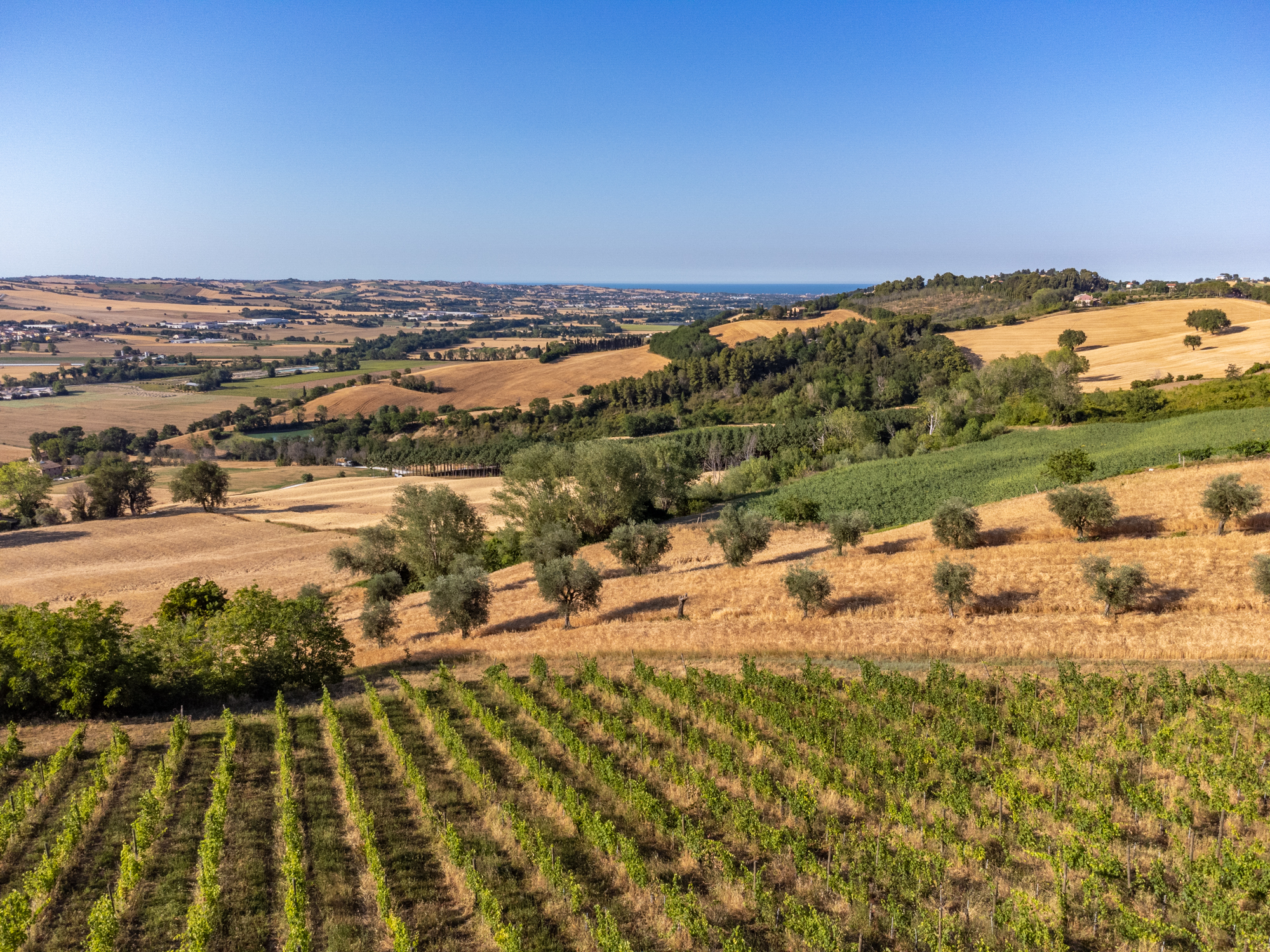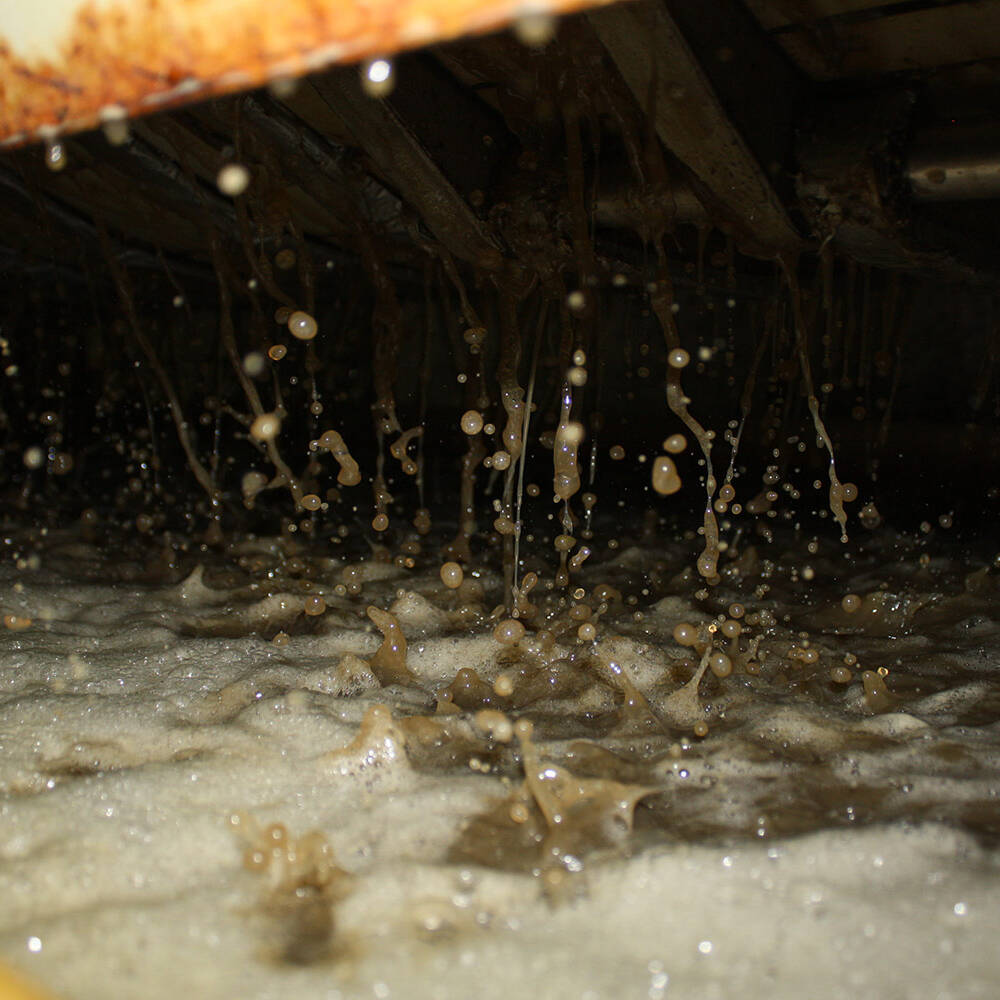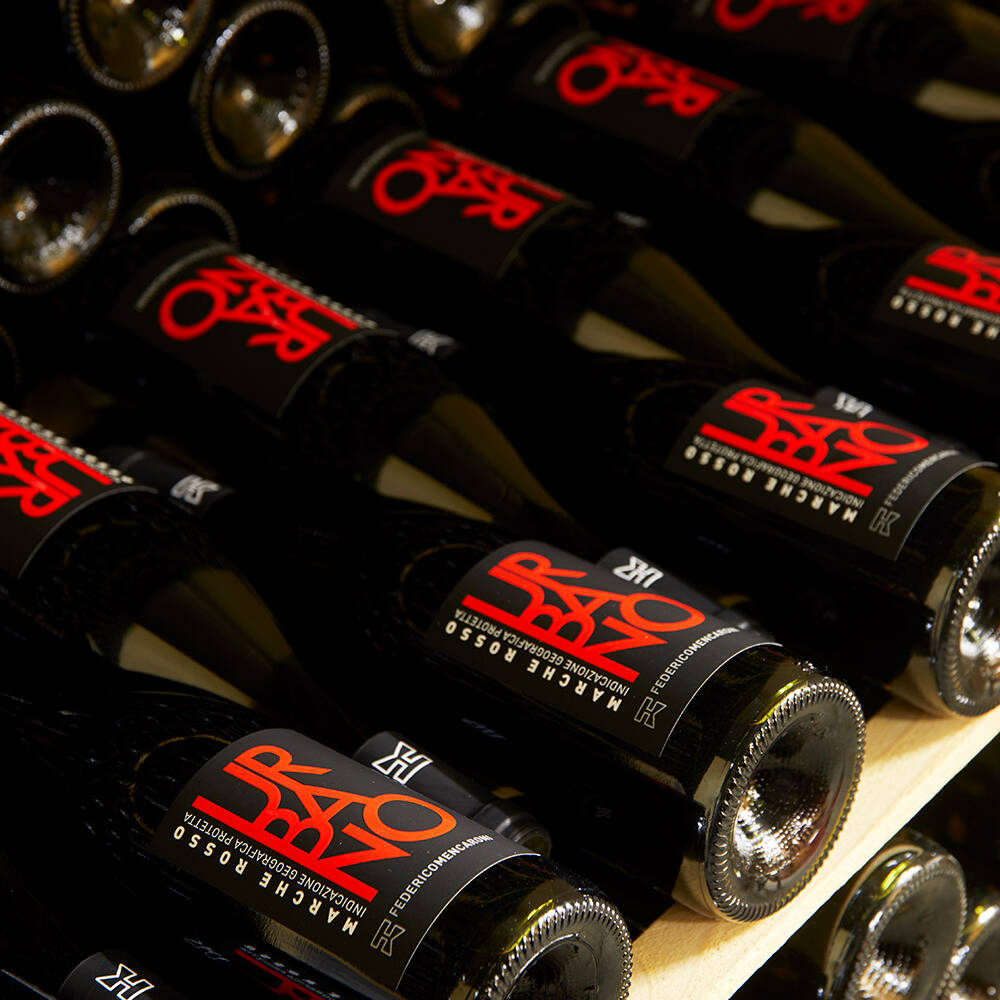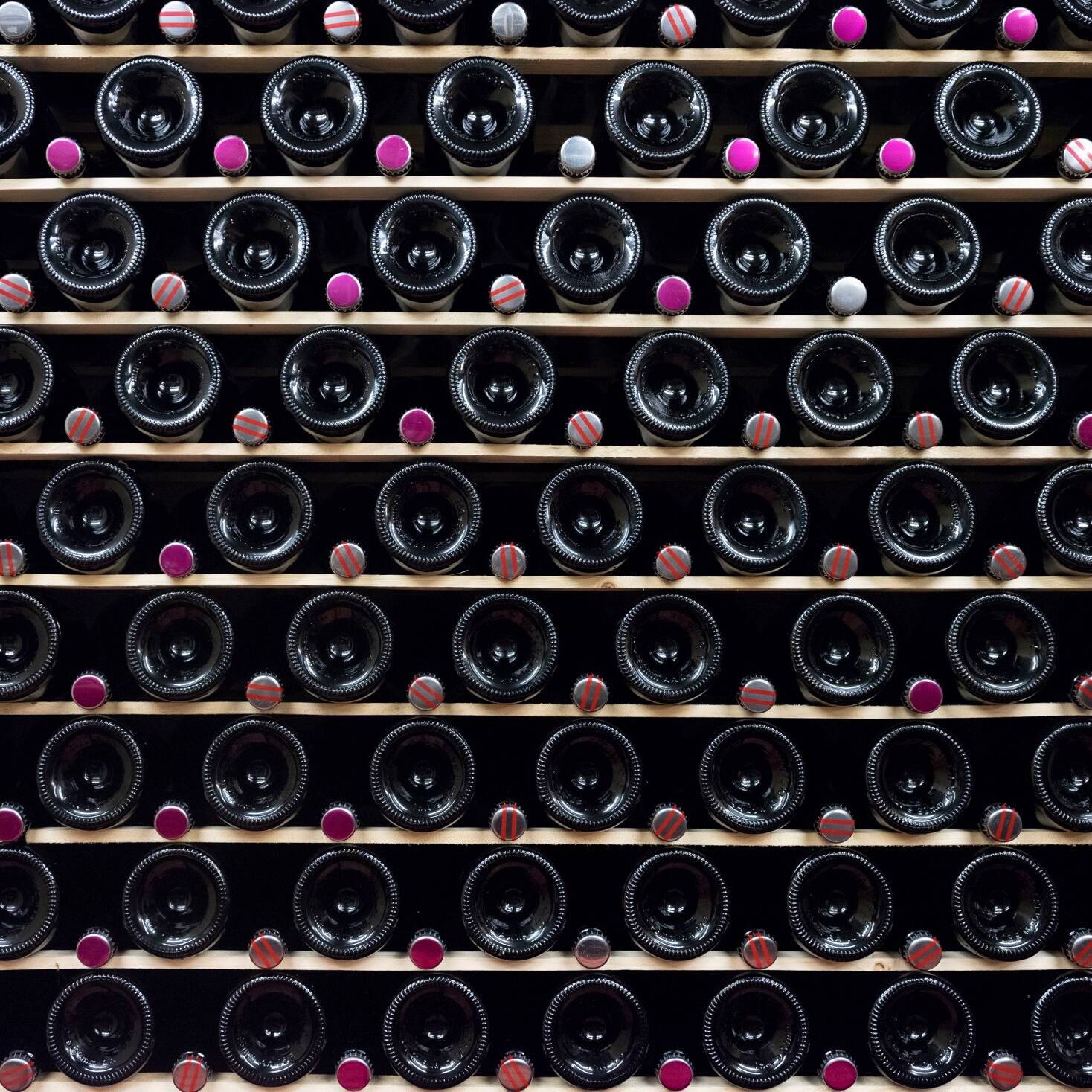Federico
Mencaroni
Our winery
Cantina Mencaroni (Mencaroni’s Winery) mostly grows and processes white grapes, including Verdicchio dei Castelli di Jesi – the most important vines of Le Marche – and Malvasia or Biancame. But we also grow and process red grapes, including Montepulciano, Sangiovese, Merlot and Cabernet Sauvignon.
We prune our vines short and then we thin them out in order to control and limit the amount of grapes we produce. With our organic farming we try to maintain our grapes as natural as possible, so that they can fully develop their organoleptic features and their aroma.
Then, bunches are selected and the musts are divided in three parts, that will follow different wine-making processes.
Vintage takes place at the end of a series of technical observations and analysis that monitor the ripening progress. This way we can define the best time to harvest our grapes, a process exclusively done by hand – as any other activity carried out in agriculture.
The grape production varies each year. Only the best grapes will be turned into wine. Sulphites are added based on the wine features, but they are always lower than 50 ml/l for sparkling wines and 120 ml/l for still wines.

Download our brochure now
WHITE WINE MAKING
The grapes, harvested only in the coolest hours of the day, are chilled and treated to slow down oxidation and microbiological processes.
The pressing of the grapes takes place within two hours from the vintage, so that all the aromatic potential of our grapes is maintained. In certain cases, the juice goes through maceration processes. The resulting must is split into three parts. They will undergo different production processes according to the wine we wish to obtain.
The wines we produce are inspired from Federico’s philosophy. He tries to get the aromas, acidity, flavour and minerality typical of our terroir. The clear smell and taste allow you to enjoy all the essential features of Verdicchio dei Castelli di Jesi.

WHITE WINE MAKING
The grapes, harvested only in the coolest hours of the day, are chilled and treated to slow down oxidation and microbiological processes.
The pressing of the grapes takes place within two hours from the vintage, so that all the aromatic potential of our grapes is maintained. In certain cases, the juice goes through maceration processes. The resulting must is split into three parts. They will undergo different production processes according to the wine we wish to obtain.
The wines we produce are inspired from Federico’s philosophy. He tries to get the aromas, acidity, flavour and minerality typical of our terroir. The clear smell and taste allow you to enjoy all the essential features of Verdicchio dei Castelli di Jesi.
RED WINE MAKING
The grapes always come to our cellar in the coolest hours of the day. There, they are removed from the stalks and sent to a tank, where they will ferment and macerate. The liquid portion of the must undergoes alcoholic fermentation at about 25°C, during which it is in contact with the solid portion made up of the grape’s skin. After that, according to the product we wish to obtain, the liquid goes through a period of maceration. After an alcoholic fermentation the liquid undergoes a 1 month malolactic fermentation, where bacteria can perform their job. The liquid is then refined in steel or in barrels, and eventually it is bottled.

RED WINE MAKING
The grapes always come to our cellar in the coolest hours of the day. There, they are removed from the stalks and sent to a tank, where they will ferment and macerate. The liquid portion of the must undergoes alcoholic fermentation at about 25°C, during which it is in contact with the solid portion made up of the grape’s skin. After that, according to the product we wish to obtain, the liquid goes through a period of maceration. After an alcoholic fermentation the liquid undergoes a 1 month malolactic fermentation, where bacteria can perform their job. The liquid is then refined in steel or in barrels, and eventually it is bottled.
THE TRADITIONAL METHOD
When Federico took on the company, he decided to focus on the development of spumante (sparkling wine) from Verdicchio grapes. This is not only due to his passion for sparkling wine, but especially to the great potential of these great vines he was sure he could trust. In 2009 Federico starts creating his small underground wine cellar. It now contains thousands of bottles, carefully stacked during their long ageing before they are sold.
The grapes harvested between the last 10 days of August and the first 10 days of September are used to prepare the sparkling wine base. It will remain in a tank for about 6 months, then it is bottled – using the special crown cap with bidule – so that it can create the secondary fermentation there (the so-called presa di spuma or prise de mousse). The second in-bottle fermentation at low temperature lasts about 2 months, while you need 40 to 120 months of ageing on the lees before the dégorgement (disgorging). During these long months our wine ages on its lees, and its aroma and taste will develop at their best. Once the bottles are put in the riddling racks, they are rotated on a daily basis by Federico himself for about a month. Then, he manually disgorges them. Federico takes care of all the steps in this process, in order to achieve a very elegant and high quality spumante.

THE TRADITIONAL METHOD
When Federico took on the company, he decided to focus on the development of spumante (sparkling wine) from Verdicchio grapes. This is not only due to his passion for sparkling wine, but especially to the great potential of these great vines he was sure he could trust. In 2009 Federico starts creating his small underground wine cellar. It now contains thousands of bottles, carefully stacked during their long ageing before they are sold.
The grapes harvested between the last 10 days of August and the first 10 days of September are used to prepare the sparkling wine base. It will remain in a tank for about 6 months, then it is bottled – using the special crown cap with bidule – so that it can create the secondary fermentation there (the so-called presa di spuma or prise de mousse). The second in-bottle fermentation at low temperature lasts about 2 months, while you need 40 to 120 months of ageing on the lees before the dégorgement (disgorging). During these long months our wine ages on its lees, and its aroma and taste will develop at their best. Once the bottles are put in the riddling racks, they are rotated on a daily basis by Federico himself for about a month. Then, he manually disgorges them. Federico takes care of all the steps in this process, in order to achieve a very elegant and high quality spumante.
Our Territory
Our vines have different exposures, and they are planted in a limy-clayey soil at about 200-250 metres a.s.l. The essential features of this terroir allow us to produce fine and stable wines that can be enjoyed at their best even after years.
Our vineyards are 20 to 50 years old. That’s why it’s very important for us to manage and take care of our plants, so that it’s possible to achieve a good balance between productivity and sustainability.
Every season all the agricultural activities are done by hand, and our vines are treated with copper and sulphur and handled with loads of passion.



